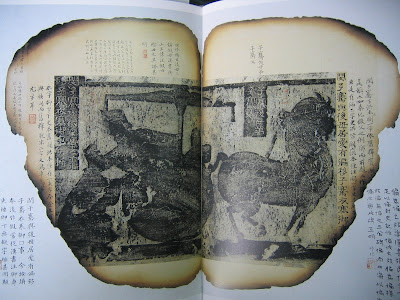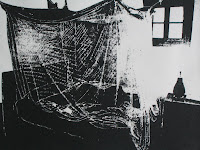


30.12.2009-8.2.2010 artist in residence in Guanlan Original Print Base in Guanlan, Bao’an district in Shenzhen. They invite experienced printmaking artists from all over the world. Gigantische Mengen Kupferdruckbütten aus Frankreich mit extra Wasserzeichen für Guanlan, China.
Shenzhen is in the Pearl River Delta (PRD), 
22.27-22.52 latitude northern hemisphere with subtropic humid climate. January is the dryest month of the year. Hongkong is only one hour from here. People from mainland Chinese need a permission to go to Hongkong. Therefore I booked a flight from Frankfurt via 
Deng Xiao Ping had made a circle on the map around Shenzhen, which had been a fisher village before and made four of Shenzhen’s six districts (Luohu, Futian, Nanshan abd Yantian) to a Special Economic Zone in 1980, not Bao’an and Longgang. Shenzhen became one of the fasted grown cities in the world. In 2006 there were 8,5 million inhabitants with an average age of 30. In 2009 it had more than 10 million inhabitants. It is a young vibrant city and has got some representative architecture such as the new civic center. The skyscraper skyline competes with those of 
Unlike the surrounding cities the Guanlan Original Print Base is in a peaceful ecological zone. From the studios the artists overlook vegetable - and strawberry fields. While they harvest one field, they plant new seedlings on the next. From morning to evening they work in the fields, watering the plants with two cans at the same time, which are hanging from a bamboo stick over both shoulders. The fields are surrounded by brooks and ponds with frogs and ducks, bridges and footpaths. The artists live in 300 years old Hakka village houses. They are built from stone. Wooden galleries and heavy doors are carefully restored. There are watch towers and decorated pe diments mirror in the diverse lakes.
diments mirror in the diverse lakes.
The print base began with it’s residency program in May 2009. Before they had already held two biennuals and art fairs. They will build a printing museum in the next three years.



















Keine Kommentare:
Kommentar veröffentlichen